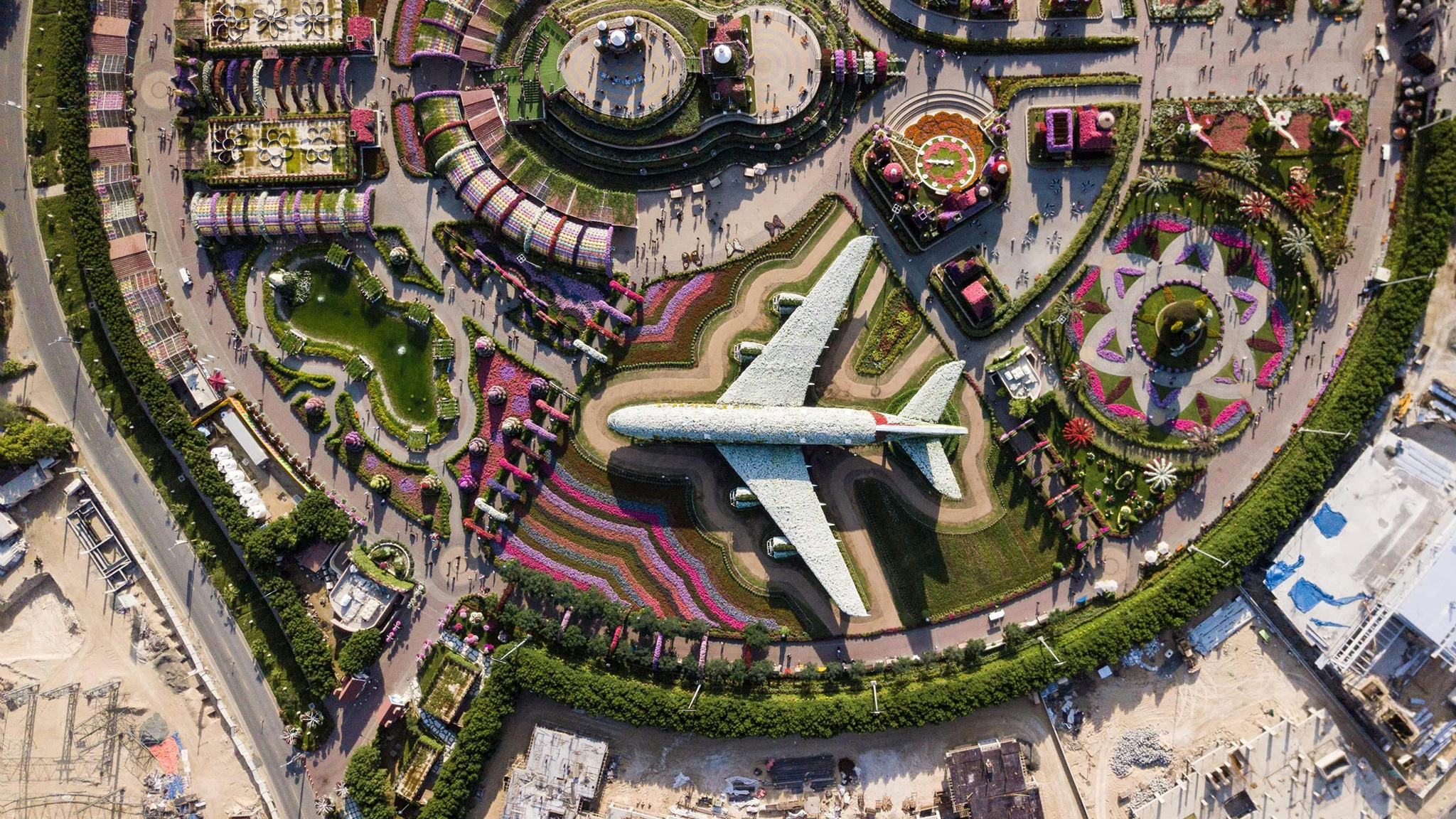Every four years, NLR publishes a strategy in which we formulate our own ambitions. This enables us to account for the government funding [Rijksbijdrage] we receive to conduct research, and the support we provide to companies that lack the necessary resources, such as a wind tunnel.
Recently, Minister Karremans of Economic Affairs approved our new strategy plan for 2026-2029[1]. It would be strange if we were to completely change direction, but the course has indeed been adjusted – in response to a changing world.
A major shift is the emphasis on the importance of a strong Dutch and European defence. History teaches us that freedom is not a given. During the NATO summit in The Hague last June, it was agreed that defence spending should increase to five percent of GDP. The caretaker cabinet supports this goal, with the aim of achieving it by 2035. Based on current budget projections, we will reach 2.2 percent by 2026. The new government will need to address this issue, but opinions between parties are also divided on this matter.
Another key aspect in our new strategy is the accelerated strengthening of Europe’s economic competitiveness, innovative capacity, and strategic autonomy. What a powerful statement it would be if we could initiate more high-profile sustainable projects in Europe, focused on emission-free and quiet flying, as a beacon for the next generation of aviation?
However, this requires considerable thought and analysis, and is at odds with the Lisbon Agreement; the Netherlands should invest three percent of its GDP in research and development. In reality, government expenditure will decrease from €9.7 billion in 2024 to €8.4 billion in 2029. The two main causes of this are cuts to the National Growth Fund and the contribution to research at universities and academic medical centres.
The political discourse on these issues is highly charged. This is further complicated by misinformation and unfounded opinions I read in the media, especially where facts are essential for having a constructive public debate. Fortunately, trust in science among the Dutch population has increased slightly. However, it is concerning that this is accompanied by growing polarisation. According to the Rathenau Institute, the group of people with high levels of trust has grown significantly, but the same applies to the group with low levels of trust.
Soon, we will know how the cards will fall. After the formation process, it will be up to the new coalition to determine the course. Ambitions will be high, but implementation will often be challenging and demanding. That does not have to be a problem, however. I can proudly say that both my colleagues and I will continue to work tirelessly every day to tackle complex issues. Using our expertise and passion, we delve into the facts. As a linking pin between government, industry, and science, we convert concepts into practical solutions and technologies that have a lasting impact.
By doing so, we investigate what the most effective solutions are to create a safer, more resilient, and more sustainable society. This is the impact that science can have, with the goal of shaping a brighter tomorrow.
Martin Nagelsmit, CTO Royal NLR
[1] https://www.nlr.org/newsroom/nieuws/nlr-launches-its-strategy-plan-for-2026-to-2029/



